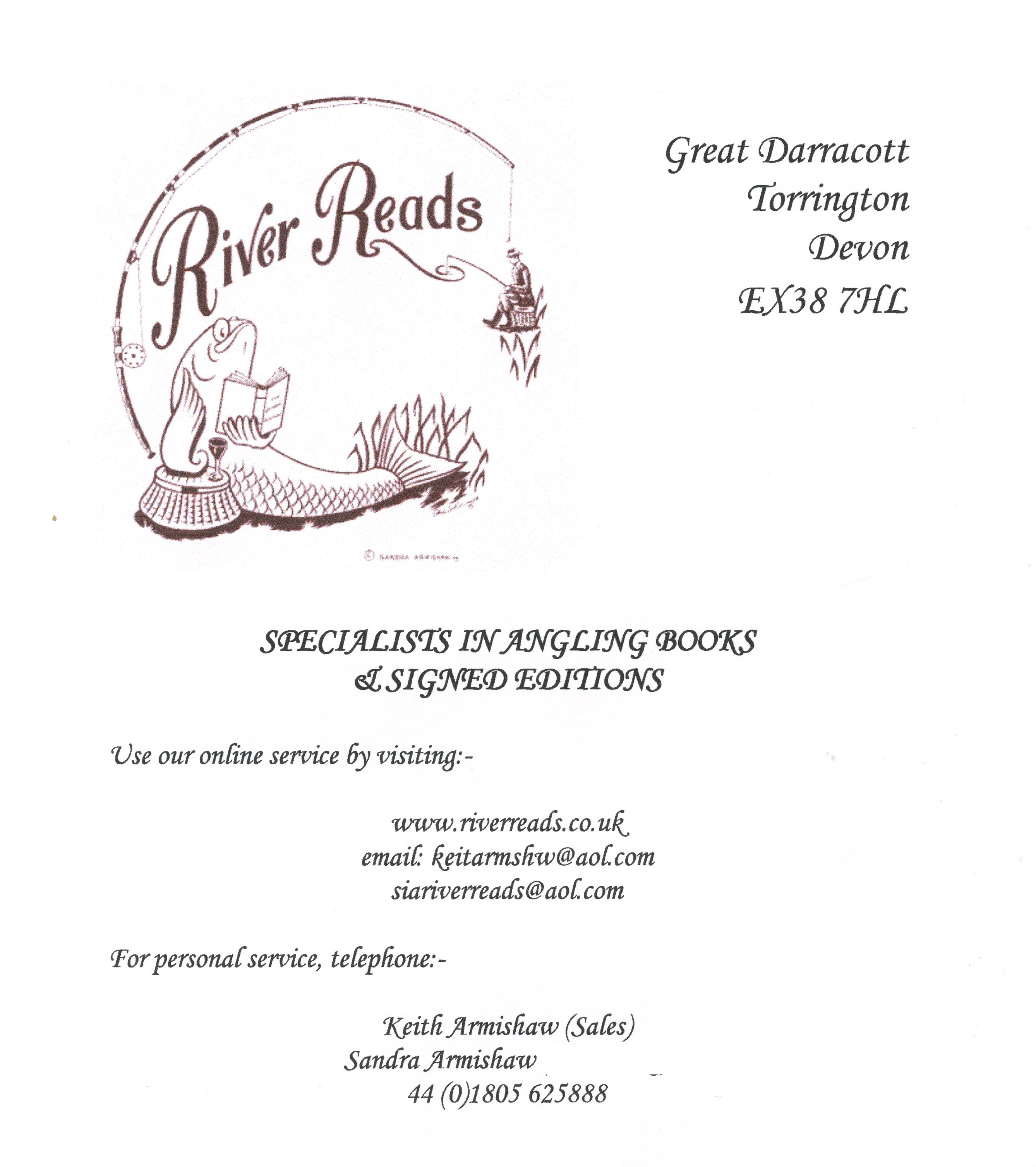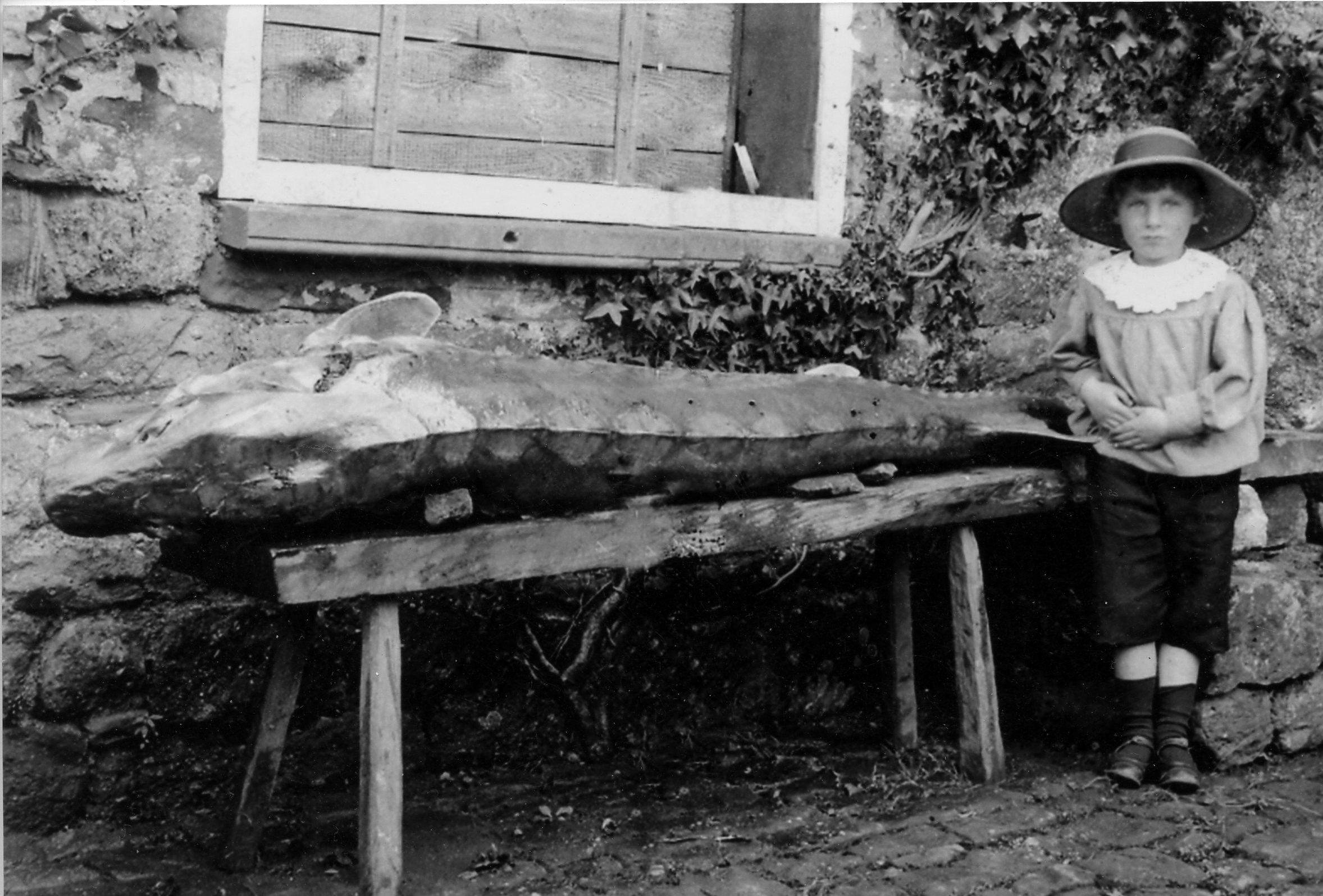A little while ago Keith at AH wrote a short feature for North Devon Angling News relating to sturgeon I have added to story with Angling Heritages up to date list of sturgeon catches in the UK. Wales was undoubtedly the hotspot for these magnificent fish. Its so sad that we have allowed out waters to become devoid of these mighty fish.
I am sure many of you will see that we are compiling a list of sturgeon “captures” by whatever method, caught in UK waters. This seems to have aroused a lot of interest so we have set up one of the “Articles” on the webpage to show an up-to -date listing of the data we have found so far. The link is http://www.anglingheritage.org/p-27672-list-of-sturgeon-catches-in-uk-waters.aspx for those who have problems finding it.
There are also plenty of other articles which make fascinating reading there too.


